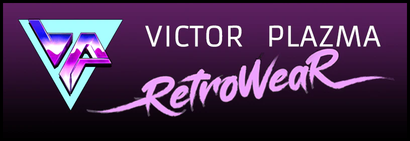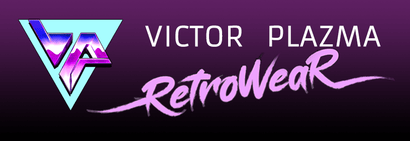Your Cart is Empty

What is Synthwave? A Look at the 80s Musical Inspiration (PART I)
September 28, 2018 3 min read
Synthwave music has undergone a rapid and far-reaching transformation in the past two years, both in terms of style and overall quality. As the genre pulls in new producers and fans from diverse music styles, and older fans become increasingly disenchanted with the traditional sound of the genre, it becomes more relevant than ever to discuss the nature of the music, where it has come from, and most importantly, where it is heading. So, exactly what is synthwave? Read on to find out.
What is Synthwave Music?
Although it’s a common assumption for new fans to make, synthwave is not a general or broad term for synthesizer music, and despite the genre’s retro stylings, does not include music from the ‘80s or other decades of the 20th century. Synthwave is a distinctly modern music genre begun in the mid 2000s as an homage to the pop culture sounds and imagery of the 1980s and early 1990s. Conceptually, this interest in the past manifests itself in two significant, and often interrelated, forms.
The first conceptual aspect of synthwave is a romanticized vision of carefree summer days spent on the boardwalk, at the beach, or at the video arcade. This vision frequently orients itself on images of coastal US cities like Miami and Los Angeles, replete with palm trees and oceanside sunsets. The songwriting captures an idealized mental image of the ‘80s; it’s the musical manifestation of a vintage postcard that says “Come to L.A.” in pink letters above an image of a crowded beach with people on surfboards and roller skates.
The second core conceptual element of synthwave involves the ‘80s ubiquitous love affair with science and technology. This aspect is expressed through synthwave producers’ interest in science fiction, computers, neon lights, and futuristic supercars. It also extends to ‘80s horror movies, which themselves frequently contained themes of science and technology.
Musically, synthwave’s origins are tied to dance music genres of the mid ‘00s, specifically house and nu disco. Early synthwave artists put a synth-heavy spin on these sounds using inspiration from ‘80s pop culture, particularly soundtracks for movies, television, and video games. Smaller elements like ‘80s jingles for television commercials, VHS production companies, and nightly news programs also played a role in the genre’s genesis. Synthwave’s name can be somewhat misleading, as the music has very little in common with new wave music, which is a rock-based genre that evolved out of punk acts of the ‘70s and flourished in Britain and North America. Instead, synthwave is rooted much more deeply in European disco and electronic dance music.
Despite synthwave’s preoccupation with the ‘80s, it is not simply a rehash of old sounds and ideas; few songs from the genre could pass for vintage creations, and very little music from the past sounds precisely like synthwave. Instead, it is a retrofuturistic evolution of elements from the past, amalgamated and taken into an alternative timeline with suitably distinct musical and visual aspects. As promoter Samuel Valentine succinctly puts it, “synthwave is the music for a future that never happened but everyone dreamed about in the ‘80s.” Naturally, this idea of retrofuturism can be far-ranging in its application, a fact that is represented in synthwave’s diverse artistry.
Stay tuned for PART II of this article where we will dive into the different subgenres and flavors of Synthwave and its progeny!
Credit: Iron Skullet | Synthwave
Cover Art: Kavinsky, Night Call (2011)
Leave a comment
Comments will be approved before showing up.
Subscribe
Sign up to get the latest on sales, new releases and more …
CLAIM YOUR FREE SHIPPING!
- SIMPLY FILL YOUR RETRO CART
- REACH $120
- PROFIT!



